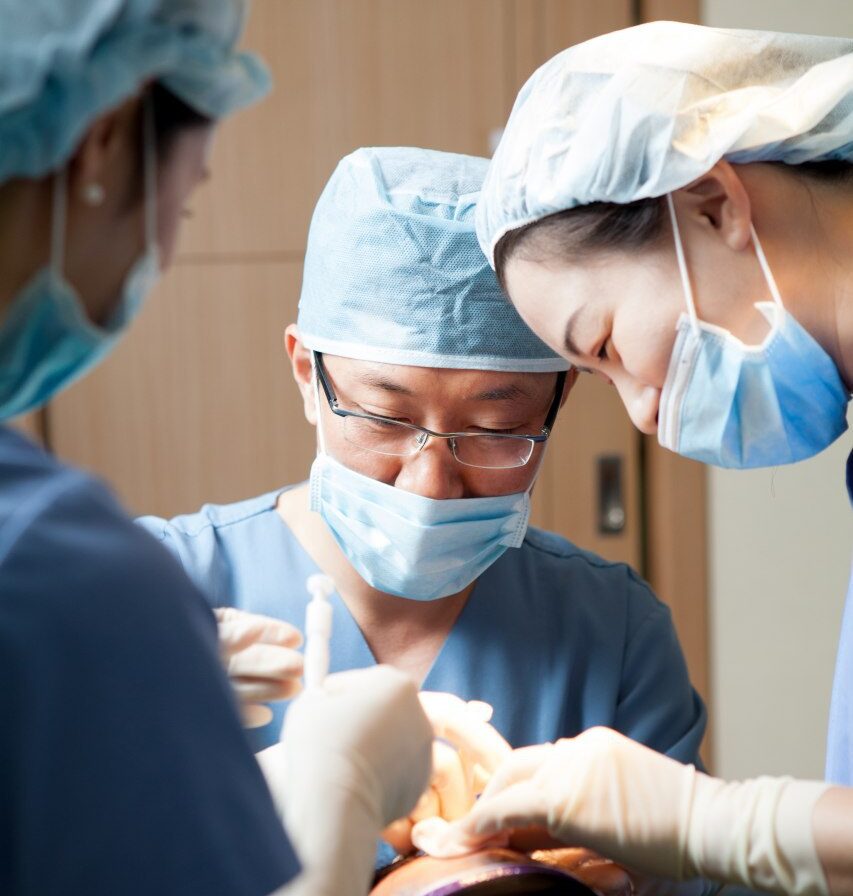Medical Treatment for Hair Loss
In today’s image-conscious society, one’s hair greatly influences how they look and how confident they feel about themselves. Alopecia, the medical term for hair loss, may be upsetting for people of all sexes and ages. The emotional toll of hair loss is evident, regardless of whether it is brought on by genetics, hormone imbalances, stress, or other medical issues. The good news is that there are numerous therapy options available in contemporary medicine to stop hair loss and regain confidence.
What is hair loss?
Hair loss, commonly referred to as alopecia, is the partial or full loss of hair from the scalp or other parts of the body where hair usually develops. It is a common ailment that can strike both sexes at different times in life. Depending on the underlying cause, hair loss may start slowly or quickly, and it may be temporary or permanent.
What causes hair loss?
Hair loss can have many different forms and triggers, including:
Androgenetic alopecia: The most prevalent type of hair loss is androgenetic alopecia, or male- and female-pattern baldness, which is largely inherited. Male and female hair thinning and receding hairlines are frequent effects.
Alopecia Areata: This autoimmune disorder causes the immune system to wrongly attack hair follicles, resulting in hair loss in small, circular patches on the scalp or other parts of the body.
Telogen Effluvium: This kind of hair loss develops as a result of severe stress, illness, surgery, or hormonal changes. As a result, many hair follicles shed all at once and transition into the resting (telogen) phase.
Traction alopecia: The condition known as “traction alopecia” is frequently brought on by hairdos like tight ponytails, braids, or hair extensions that put persistent strain on the hair. It may eventually cause baldness.
Medical diseases and Medications: A number of medical diseases, such as thyroid problems, can cause hair loss. The temporary loss of hair can also be brought on by various treatments, including chemotherapy.
Nutritional Deficiencies: Hair loss can be brought on by a diet lacking in important nutrients like iron, biotin, or protein.
What are the therapy options:
1. Minoxidil
A popular topical over-the-counter drug for addressing hair loss is minoxidil. It can be applied straight to the scalp and is available in a variety of formulations. It is thought that minoxidil stimulates blood flow to the hair follicles, which might promote hair growth and reduce hair loss. It is normally used twice daily, and after using it consistently for a few months, improvements might be seen.
2. Finasteride
Male pattern baldness is the main condition that finasteride, an oral prescription drug, is used to treat. It functions by preventing the hormone dihydrotestosterone (DHT), which can be a factor in male pattern baldness. Finasteride can slow down hair thinning and, in certain situations, encourage hair regeneration by lowering DHT levels. Before beginning this medicine, it is crucial to speak with a healthcare provider because it may have negative effects.
3. Hair transplant surgery
Hair follicles are surgically removed from one place of the body (often the scalp’s back) and then transplanted to other areas where there is thinning or no hair. This operation is known as hair transplantation. This procedure offers a long-lasting remedy for hair loss and may produce a hairline that looks natural. Hair transplant success and aesthetics have greatly improved because of contemporary techniques like follicular unit transplantation (FUT) and follicular unit extraction (FUE).
4. Treatment with Platelet-Rich Plasma (PRP)
A minimally invasive procedure called PRP therapy uses the patient’s blood to encourage hair growth. After being treated to concentrate platelets, a small volume of blood is extracted and injected into the scalp. Growth factors included in platelets have the ability to activate hair follicles and promote hair growth. As a non-surgical approach for treating hair loss, PRP therapy has grown in popularity and is thought to be safe.
5. Laser Low-Level Therapy (LLLT)
Utilizing specialized equipment, such as laser combs or helmets that emit low-intensity lasers or light-emitting diodes (LEDs) to the scalp, is known as low-level laser therapy. The idea behind LLLT is that it can energize hair follicles, improve blood circulation, and promote hair growth. Some people consider LLLT to be a practical and non-invasive choice, while results may vary from person to person.
6. Hair Growth Serums
Several hair growth serums and solutions, in addition to minoxidil, can be purchased over the counter or with a prescription. Minoxidil, biotin, caffeine, and plant extracts are just a few of the active chemicals that these products frequently combine. They are made with the intention of nourishing hair follicles and fostering a healthy scalp environment, which may help with hair regrowth.
Thyroid Problems
An underactive or overactive thyroid can also lead to hair loss. Autoimmune diseases of the thyroid gland like Hashimoto’s and Graves’ disease may also cause hair thinning or shedding.
When the thyroid’s functioning falls out of whack due to conditions such as hypothyroidism or hyperthyroidism, it can cause a disruption in our locks’ well-being. Fortunately, with consistent treatment like hair transplant Korea and proper management, these issues are reversible: hormones become regulated again, and you’ll soon be seeing new strands sprout up!
Why Root Hair Transplantation Clinic

We will set the standard for hair transplants. Root Hair Transplant has a long-term goal to continuously help people with hair loss. At Root Hair Transplant, we give customized hair transplants to all those who need them. However, Root Hair Transplant is proud to provide quality care and service, making the solution long-lasting.
FAQ
The root cause of hair loss must be considered. Even though some types of hair loss, such as male and female pattern baldness, may not be totally reversible, the condition may frequently be managed and its progression reduced with the right treatments. Alopecia areata and other types of hair loss, especially if treated quickly, may be curable.
While several herbal treatments and supplements, such as biotin and saw palmetto, are thought to encourage healthy hair, their efficacy for all forms of hair loss has not been proven by science. The health of one’s hair can be improved by consuming a balanced diet full of vital nutrients and leading a healthy lifestyle.
Treatments for hair loss require different amounts of time to show results. While some people might see benefits in just a few months, others might need more time. Being persistent and using therapies for a long period of time is frequently necessary for the best results, therefore, patience is crucial.
Conclusion
One’s self-esteem and general quality of life may suffer significantly as a result of hair loss. However, several therapeutic choices are now accessible because of breakthroughs in medical technology, ranging from topical treatments and prescription drugs to surgeries and cutting-edge therapies. You can start a path to fighting hair loss and reclaiming your confidence by being aware of these therapies and speaking with a healthcare practitioner.
